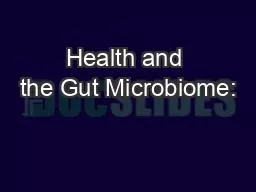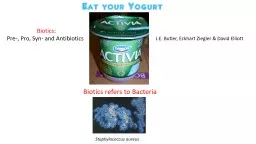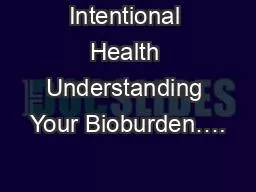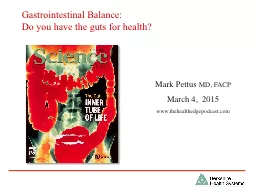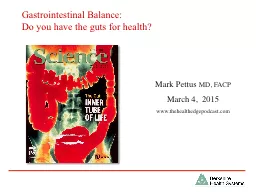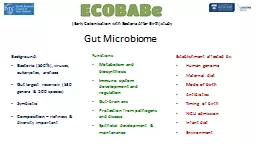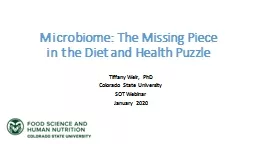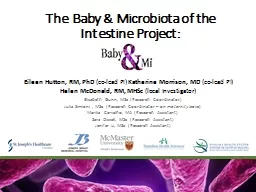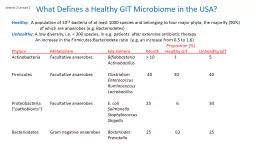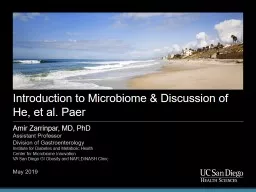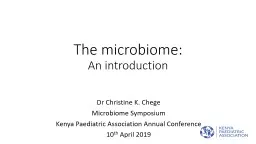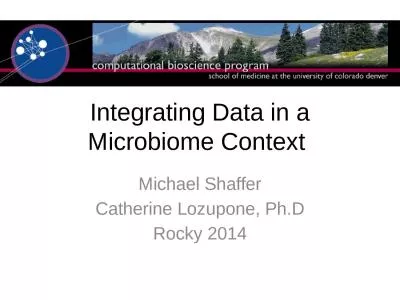PPT-Health and the Gut Microbiome:
Author : collectmcdonalds | Published Date : 2020-08-07
Restoring a Lost L egacy Mark Pettus MD Director of Medical Education and Population Health Berkshire H ealth Systems March 27 2017 The future aint what it used
Presentation Embed Code
Download Presentation
Download Presentation The PPT/PDF document "Health and the Gut Microbiome:" is the property of its rightful owner. Permission is granted to download and print the materials on this website for personal, non-commercial use only, and to display it on your personal computer provided you do not modify the materials and that you retain all copyright notices contained in the materials. By downloading content from our website, you accept the terms of this agreement.
Health and the Gut Microbiome:: Transcript
Download Rules Of Document
"Health and the Gut Microbiome:"The content belongs to its owner. You may download and print it for personal use, without modification, and keep all copyright notices. By downloading, you agree to these terms.
Related Documents

